The best Android phone you can buy is the OnePlus 8 Pro, because it brings a great combination of hardware quality, specs, display, cameras, and software to a palatable price for a high-end phone. Competition makes for better products, and the Android ecosystem is more competitive than ever. If you want a new Android phone at any price range, we've done the research to separate the great from the good, and the good from the bad. This list will help you make your next purchase easier.
Best Overall: OnePlus 8 Pro
The OnePlus 8 Pro is impressive and well-designed as any high-end smartphone can be. If you know anything about OnePlus phones, you'll be happy to know it doesn't upend the traditional OnePlus formula. Instead, it extends it to its logical place in the world of 2020 flagships with more features and a higher price.
The hardware goes toe-to-toe with any phone out there, and it's punctuated by the best display OnePlus has ever used. It's bright, colorful and has a 120Hz refresh rate. Inside, there are exceptional specs, and that leads to fantastic performance thanks to the super-smooth OxygenOS software — it's just a joy to use.
The 8 Pro also brings the best cameras yet to the OnePlus phone, with a new primary sensor that steps up its game to a true flagship level. The entire camera experience is a small step behind the likes of the Galaxy S20+, but then again, it's also a little less expensive. That's really where the 8 Pro fits in. It's a true flagship experience top to bottom, for just a bit less money than the traditional players with big brand names.
Pros:
- Large, beautiful 120Hz display
- Greatly improved main and wide-angle cameras
- Excellent battery life
- OxygenOS is best-in-class Android software
- Wireless charging and IP68 rating
Cons:
- Much more expensive than before
- Limited 5G compatibility in the U.S.
- Telephoto camera isn't good
- Some software and camera bugs still present
Best Overall
OnePlus 8 Pro
$900 at Amazon $900 at OnePlus
More expensive, more capable
The OnePlus 8 Pro is an impressive and well-designed Android smartphone that doesn't upend the traditional OnePlus formula.
Upgrade Pick: Samsung Galaxy S20+
Before the Galaxy S20 series came out, our top pick here was the Galaxy S10+ — and everything Samsung did this year made it easy to recommend the S20+. The S20+ makes improvements across the board, with a bigger display that has a super-smooth 120Hz refresh rate, a larger 4,500mAh battery, more RAM, and a new Snapdragon 865 processor. Every Galaxy S20+ is 5G capable as well, for all of the U.S. carriers, which isn't the biggest deal right now but will become more critical as we push into 2021.
The huge move up is with the cameras, with a new array both front and back. The new sensors are all larger and let in more light so you can take dramatically better low-light photos. It's not entirely on the level of the Pixel 4 XL, but this is a big step up for Samsung and is no longer a shortcoming of this flagship. You also get capable zooming up to 5X, while keeping an ultra-wide camera for more shooting variety.
The only way the S20+ steps down from the S10+ is in its price and removal of the headphone jack. The base phone is a couple of hundred dollars more than it was last year, and removing the audio jack is a severe blow for those who rely on it or prefer the sound quality. But both are a result of the way the whole industry is going — phones keep getting more expensive, and Samsung was already one of the last holdouts in the high-end space the keep a 3.5 mm jack.
Pros:
- Best-in-class display
- Good battery life
- Exceptional performance
- Great all-around cameras
- 5G enabled
Cons:
- Expensive for 128GB of storage
- Camera zoom much weaker than S20 Ultra
- Slow fingerprint sensor
- No headphone jack
Upgrade Pick
Samsung Galaxy S20+
$1000 at Amazon $1000 at Best Buy $1000 at Walmart
Samsung's excellent all-rounder
The S20+ has a great screen, top-end specs, a strong array of cameras, and feature-packed software. It's expensive but worth it.
Best on a Budget: Moto G Power
With no Moto G8 models being sold directly in the U.S. this year, the new Moto G Power fills in that gap by offering a solid Android experience at a fantastic price. The phone stands out in the battery department, offering multi-day endurance. Pair that with great software, fun cameras, and solid specs all around, and the Moto G Power packs quite a punch.
That said, lacking NFC and facing Motorola's infamous history with slow software updates could be a reason to think twice before picking one up. However, if you want to save money, you can't beat this price.
Note: In some markets globally, you may have access to the Moto G8 instead of the G Power. When buying the Moto G8 in the U.S., it doesn't come with a warranty, and so we recommend the G Power instead.
Pros:
- Ultra-wide and macro cameras are fun
- Two or three days of battery life
- Motorola's excellent software add-ons
- Compatible with all U.S. carriers
- Can't beat that price
Cons:
- Fingerprint magnet hardware
- No NFC in 2020 is just ridiculous
- Slow charging speeds
- Motorola's update speed
Best on a Budget
Moto G Power
$230 at Amazon $230 at Best Buy $230 at Walmart
Enough for most people's needs, at an excellent price
The Moto G Power carries on a legacy of superb affordable Motorola phones with solid specs and cameras.
Best Camera: Google Pixel 4 XL
The Pixel 3 XL was the best camera you could get in a smartphone, but the 4 XL blows it away. In daylight, mixed-light, and even super-low-light, it consistently takes better photos than any other Android. While we had issues with the 3 XL's speed, the camera app is also now fast and fluid. A secondary telephoto lens, paired with clever software, takes great zoom shots. Its front-facing camera isn't as wide as before, and that's really the only marginal downside here. It still takes crisp, colorful, and bright photos, along with great portrait selfies.
The Pixel 4 XL, as a whole phone, is, unfortunately, let down by a few shortcomings. Its battery life is the weakest of the flagship competition, it has weaker RAM (6GB) and storage (64 or 128GB), and its Face Unlock system hasn't been adopted by all of the most popular apps that need biometric authentication. However, that shouldn't detract from all of the great things this phone does — and it is still entirely in the conversation of the best phones you can get today.
The Pixel 4 XL has been discontinued by Google, which means that you may have a difficult time finding it over the next few months. If you're looking for a good alternative, we recommend the Pixel 4a, at least until the Pixel 5 is released in October.
Pros:
- Super-smooth 90Hz display
- Top-notch camera quality back and front
- Simple, useful and fast software
- Nice-looking and feeling hardware
- Excellent face unlock speed
Cons:
- Incredibly weak battery life
- Motion Sense has little real-world use
- Low RAM and storage for the money
- Many apps still incompatible with Face Unlock
Best Camera
Google Pixel 4 XL
$820 at Amazon $900 at Best Buy
The best camera you can get in a smartphone today
The Pixel 4 XL has excellent hardware and the best camera, but it's let down by poor battery life and weak specs for the money.
Best Value: Google Pixel 4a
The Pixel 4a is the best phone value available today, period. Google's packed most of what makes the Pixel 4 series good into a smartphone that costs over 50% less. You also get a compact device that, in spite of its size, excels in the battery life department. Seriously, this phone lasts all day and then some.
Perhaps the most impressive part of the 4a is its camera, which is nearly on par with the Pixel 4. The main camera shoots exceptional photos in all lighting conditions, with Night Sight really showing its strength in poor lighting. Google even added Astrophotography mode this time around, and improved the already-impressive Portrait Mode. The front-facing camera is also tack-sharp, and focuses more quickly than on the Pixel 3a from last year. Both front and back, you're getting flagship-level camera quality out of a phone that's a fraction of the price. Google's also improved the video quality this year, thanks to an improved Snapdragon 730 SoC and 6GB of RAM standard.
So what do you lose by spending three hundred and fifty dollars instead of eight hundred or a thousand? Well, the Pixel 4a is made of plastic, and lacks both water resistance and wireless charging, features you can take for granted at a higher price point. It also only comes in one size, a 5.8-inch variant, and one color, black. There's no storage size options, either: you get 128GB of internal memory, which should be plenty for most people, but a lack of microSD expansion may be a problem for the content collectors out there. And it should go without saying that the Pixel 4a lacks 5G support — though Google has promised to release a larger Pixel 4a 5G later this year alongside a more premium Pixel 5.
All of these limitations shouldn't impede your desire to buy the Pixel 4a, which has been one of the best smartphone surprises of 2020 so far— even if it did launch a few months late. From the size to the performance to the battery life and camera quality, Google's latest budget phone is a winner.
Pros:
- Incredible camera for the money
- Excellent build quality with polycarbonate shell
- Guaranteed software updates
- Clean Android build
Cons:
- Performance not on flagship levels
- Only comes in one size, color and storage level
Best Value
Google Pixel 4a
$349 at Amazon $350 at Best Buy
Google's budget phone has a ton going for it
The Pixel 4a has flagship camera quality at a fraction of the price. It's also one of the few tremendous compact phones available.
Best Value with 5G: OnePlus 8
OnePlus didn't change much in the 8 coming from the 7T, but it didn't really need to. You get a fresh hardware design that keeps it more in line with the 8 Pro, plus a bump in specs and 5G with the same great basics. You get an excellent 90Hz display, great battery life, consistent camera performance, and fantastic software.
In keeping its price relatively affordable in the scheme of high-end flagships, you had to miss out on a couple of things. The cameras didn't improve from the 7T, and in some ways got worse — you lose a telephoto camera, and gain a dedicated macro shooter that isn't of much use. Unlike the 8 Pro, there's no wireless charging here. At the same time, you have to deal with the fact that OnePlus is charging more than it did six months ago for effectively this same experience.
Still, if you want to dip your toe into 5G with a higher-end phone, but don't want to spend top dollar, this is the way to go. You can get full 5G support on T-Mobile, or buy directly from Verizon — and internationally, support for 5G on multiple carriers is excellent in most markets.
Pros:
- Fantastic software experience
- 5G and excellent specs for the money
- Consistent camera performance
- Sleek and solid hardware
- Excellent battery life
Cons:
- No wireless charging
- Minimal improvements over 7T
- No zoom camera and bad macro camera
Best Value with 5G
OnePlus 8
$700 at Amazon $700 at OnePlus $700 at T-Mobile
One of the best phones with 5G right now
The OnePlus 8 is a 7T with new specs, 5G, and a larger battery. Even at its higher price, it still represents incredible value.
Best Battery Life: Samsung Galaxy S20 Ultra
Just like the name implies, the Galaxy S20 Ultra takes another step up from the Galaxy S20+. It has all of the same specs and capabilities, but with an even larger display — 6.9 inches, Samsung's biggest — and a correspondingly larger battery at 5000mAh. When you keep the phone in 60Hz display mode, it's a complete battery champion; you'll never have to worry about battery life on this phone.
The Ultra also makes use of that extra space (and price) to give you better cameras, with a 108MP main camera that takes even brighter photos, and a telephoto camera that can reach out and get great shots up to 10X (and decent ones at 15X). The trade-offs of getting this extra capability, and battery life, are overall size and price. The S20 Ultra is big, and almost 20% heavier than the S20+; it's also notably more expensive, which can be tough to swallow when the S20+ is already quite spendy. But if battery life is a priority, this is your best bet.
Pros:
- Massive high-quality screen
- Huge battery
- Super-sharp main camera shots
- Solid zoom camera up to 15X
Cons:
- Great battery limited to 60Hz mode
- Necessarily big and heavy
- Slow fingerprint sensor
- No headphone jack
- 30X+ zoom is a gimmick
Best Battery Life
Samsung Galaxy S20 Ultra
$1250 at Amazon $1250 at Best Buy $1240 at Walmart
Samsung goes all-out
Take the S20+ up a level — all of the same qualities, but with an even bigger screen and larger battery, plus improved cameras.
Best With a Stylus: Samsung Galaxy Note 20+
The world turns, seasons change, and Samsung updates its Note lineup. It's an annual constant, and yet Samsung went and made some massive changes to the Note lineup this year. The Galaxy Note 20+ is an imposing and beautiful object, arrayed in a matte glass back finish with a massive camera bump located into the top left corner. The camera, which has three lenses, is one of the most impressive updates to this Note 10+ successor, but the real story starts, as always, with the display.
The 6.9-inch AMOLED display on the Note 20 Ultra is absolutely stunning, among the brightest, most colorful and accurate ever made. It's also the canvas for the new-and-improved S Pen, which now boasts latency three times less than the previous generation Note. That means text, sketches, and other S Pen-related activities feel more like real paper than ever.
The Snapdragon 865+ SoC and 12GB of RAM inside the phone attempt to justify the imposing price tag, but Samsung's cut absolutely no corners here. The 4,500mAh battery lasts all day (most of the time), and the dual speakers are just as impressive as ever.
Getting back to the cameras, here's where the Note 20 Ultra really tries to differentiate itself from previous Note phones. The main 108MP sensor is just huge, physically and artistically, allowing you take beautiful portraits and close-ups with shallow depth of field. Samsung's also fixed the autofocus issues that plagued the Galaxy S20 Ultra, too, so this is easily the company's best camera ever. Plus you get a true 5x telephoto camera that cuts no corners thanks to an engineering marvel in the form of a prism.
Samsung's also cleaned up its software game in the form of One UI 2.5. It's still based on Android 10, but the company's made some subtle tweaks to the way everything coheres, and it finally feels like Samsung has a unified approach to software. Plus Samsung's promised three years of software updates, so it's likely the Note 20 Ultra will get Android 13 sometime in 2022 or 2023. How cool is that?
The Galaxy Note 20 Ultra isn't cheap, but it could be the best premium phone on the market right now. It's still a bit too pricey to be our top pick, but if you want the phone with the least compromises this is the one to get.
Pros:
- Incredible display
- Hardware looks and feels expensive
- Best stylus experience on any phone
- Outstanding performance
- Great battery life and fast charging
- Awesome camera performance
Cons:
- It's very expensive
- Could be too big for some people
- Battery life could be better
Best Phone with a Stylus
Samsung Galaxy Note 20 Ultra
From $1,300 at Samsung From $1,300 at Amazon From $1,300 at Best Buy
The Note that does it all
Samsung one-upped itself with the Note 20 Ultra, offering a perfect blend of design, performance and note-taking excellence.
Best Foldable: Samsung Galaxy Z Flip
The best thing the Galaxy Z Flip has to offer is normalcy and minimal compromises. At its core, the Z Flip is effectively a refreshed and slightly improved Galaxy S10+, which is a good thing. You're getting capable specs and performance, hardware that feels solid and high-quality, and a set of cameras that are just a little bit behind the highest-end phones this year. Compared to the shortcomings of other foldables, the Z Flip shines for having such good daily usability.
The Galaxy Z Flip also has the most durable folding screen available today, with its Ultra Thin Glass (UTG) screen covering. Now, of course, that's all relative, as other foldables up to this point have purely plastic screen coverings, but it's something. The UTG covering can still be damaged rather easily compared to the extremely hard glass found on non-folding phones, but it's more robust than what we had before, and it should be a bit more resistant to damage through regular use.
As a compromise, you're giving up a little bit compared to a normal phone of the same (or lower) price. With just a 3,300mAh battery, longevity is on the low side. While its screen is excellent for a foldable, it's just 1080p and doesn't have the same clarity and quality as a fixed panel. Plus, its large bezels can be cumbersome. You're also getting a pretty weak single speaker, there's no ultra-wide camera on the back, and the tiny 1.06-inch cover display on the outside isn't useful for much more than showing the time and date.
Pros:
- Most durable, foldable screen
- Really strong specs
- Typically great Samsung build quality
Cons:
- UTG screen covering still isn't very strong
- Camera's a step behind 2020 flagships
- Weaker battery life than standard phones
- Tiny cover display is almost useless
Best Foldable
Samsung Galaxy Z Flip
$1375 at Amazon $1330 at Best Buy $1330 at Walmart
The most user-friendly foldable
The best part of the Z Flip is its ability to work like a normal phone, and then quickly fold in half to a compact size.
Bottom line
The Android world is incredibly diverse, and no matter your needs, you can find a phone that fits them. But if there's one Android that fits the widest number of people, it's the OnePlus 8 Pro. The 8 Pro has excellent hardware in both durability and design, top-end specs and performance, a great 120Hz display, and exceptionally good battery life. Its cameras are solid all-around performers, stepping way up from its predecessor's, but if there's one shortcoming of this phone overall, its that the camera quality isn't quite the best in the market.
OnePlus software, on the other hand, is exquisite and is neck-and-neck with Google's own Pixel phones in terms of its overall experience. OxygenOS is incredibly fast, and consistently so no matter what you throw at it. It's clean and simple right out of the box, with minimal bloat, but is still configurable and filled with features if you want to get deeper into customizing your phone as you use it.
How to choose the best Android phone
Android phones are highly complex and feature-rich gadgets that are capable of a lot of different things, and as such, finding the one that's best for you can be a daunting task. Lucky for you, we've put together a little guide below highlighting some of the biggest questions you should ask yourself when buying one, along with rankings of which Android phones have the best display, camera, and more.
How much money do you need to spend?
First thing's first, let's talk about what's likely the most pressing question for many of you reading this — how much money should you spend on a new phone?
Ultimately, this comes down to much you're willing/able to spend and what tier of phone you want. As a general rule of thumb, there are three main categories of phones at different price points:
- Low-end/budget phones
- Mid-range phones
- Flagship phones
In general, spending more money will get you a better-performing and more premium phone. Thankfully, we've seen a trend over the last few years of budget-focused phones getting really, really good.
Take the Moto G Power, for example. It used to be you couldn't get a quality phone for an entry-level price. Still, with the Moto G Power, you're getting a device with slick hardware, a good display, capable cameras, a fingerprint sensor, and expandable storage — just to name a few features. Mid-tier handsets, like the Samsung Galaxy A71 and Google Pixel 3a XL, offer more powerful specs for a little more money.
Flagship phones have sort of split off into two sub-groups as of late, including "lite" flagships and fully-fledged ones. The OnePlus 8 is a perfect example of a lite flagship. It costs a good deal less than flagships from Samsung, but it still manages to offer a flagship-level processor, an enormous amount of RAM, top-notch build quality, and more. Some things take a backseat with these phones, however, and that's often in the camera department and extras like water resistance.
Then there's fully-fledged flagships — the Galaxy S20+, OnePlus 8 Pro, and so on. These are the most expensive phones the market has to offer, and while they aren't perfect, they're the phones where companies throw in everything they have to offer to create for the best experience possible. You're getting the best materials, best displays, best cameras, and 5G connectivity.
You could make the argument that no one really needs to buy a flagship phone these days considering how good low-end and mid-range options have become, but it all depends on what features you want, what specs matter the most to you, and how flexible your budget is.
What size phone should you buy?
While Android phones pretty much all have the same generic rectangular shape, they come in a variety of sizes ranging from ultra-portable to miniature movie theater. The size of the phone you buy depends a lot on its screen size. The larger the screen a phone has, the larger its physical size will be. As with all things, there are benefits to both small and large phones.
As you'd expect, a smaller phone is easier to use with one hand and more likely to fit in the pockets of your skinny jeans. For people that are always on the go and want something that they can comfortably text on in one hand while chugging their Starbucks latte in the other, a smaller phone is the way to go. However, with a smaller size and smaller screen, you will be more cramped when watching movies or playing games.
On the other hand, a larger phone is the complete opposite. It'll be more challenging to use a large phone single-handedly, but if you want to use your phone for catching up on movies or playing immersive games like Call of Duty: Mobile, the extra screen real-estate will be hugely beneficial.
When talking about what constitutes a "small" and "large" phone, we typically consider smaller phones to have displays under 6 inches. Naturally, this means larger phones will often have a screen size of 6 inches or greater — the Galaxy S20 Ultra even has a 6.9-inch screen.
A 5.9-inch screen might sound large, and a few years ago, it was. However, now that the majority of Android phones have shifted from 16:9 aspect ratios to 18:9 or even 21:9 — meaning they're taller in the same width — and gotten much smaller bezels, it's possible to fit a bigger screen into a compact body.
On top of all that, it's also worth considering the size of your hands. Someone with bigger hands can probably manage a 6.5-inch+ phone perfectly fine, and as such, can go with a larger screen size and not sacrifice their ease-of-use.
How big of a battery do you need?
There are a lot of different specs that make up an Android phone, but one of the most important factors to consider is its battery. It's something that can be easy to overlook if you aren't thinking about it, and if you end up with a phone that can barely make it through a full day of your normal usage, you're going to be faced with a headache-filled future.
Everyone uses their phone differently, and as such, there's not necessarily a perfect battery size. We recommend not getting anything smaller than a 3,500mAh battery, but if possible, 4,000mAh+ is preferable. Of course, as you go higher and higher with the mAh count, you can expect longer and longer battery life. That's why the Galaxy S20 Ultra with a 5,000mAh battery doesn't have to worry about charging often, while the Pixel 3a with 3,000mAh struggles a bit.
There are many other factors that play into battery life, though, such as a phone's screen specs — a bigger, higher-resolution, or brighter screen draws more power. The efficiency of its processor also matters a lot, as does the software running the entire system. But the battery size plays the biggest role in how long a phone can be powered on before needing to be plugged in — you can't get around it.
Should you buy a 5G phone?
5G seems to be all the rage these days, and rightfully so when you see its capabilities. The potential for 5G is enormous, offering substantial speed increases over the 4G (LTE) networks we're used to. You can go out and buy a 5G-capable phone right now if you want, but should you? For most people, it shouldn't factor into a buying decision.
While AT&T, T-Mobile, and Verizon have 5G networks live now, these carriers are still very much so in the early days of building them up. At Verizon, you're relying on mmWave 5G, which is only available in very specific areas of certain cities. T-Mobile's Sub-6 5G network is more widely available, matching a vast majority of its LTE network, but the current speeds aren't that much faster than its LTE service as a result. AT&T is walking the line, with a limited Sub-6 5G network that has the same wide-reaching benefits of T-Mobile's, but also a burgeoning mmWave network with the same density issues as Verizon.
And depending on the carrier, you may have to switch plans and pay extra in order to have access to 5G, which really isn't going to be worth it until the coverage dramatically improves.
As such, if you're in the market for a new phone, don't feel like you'll be missing out by buying a 4G LTE one. It's going to be quite a while longer before 5G is as widespread and reliable as LTE is today, and by the time you're ready to buy your next phone in a couple of years, all of the major quirks with 5G should be worked out.
But as you go to buy a flagship phone in 2020, chances are you'll just get 5G no matter what. You can just take it as an added bonus.
Credits — The team that worked on this guide
![]()
Andrew Martonik is Executive Editor, U.S. at Android Central. He has been a mobile enthusiast since the Windows Mobile days and covering all things Android-related with a unique perspective at AC since 2012. For suggestions and updates, you can reach him at andrew.martonik@androidcentral.com or on Twitter at @andrewmartonik.
![]()
Daniel Bader is Managing Editor of Android Central. As he's writing this, a mountain of old Android phones is about to fall on his head, but his Great Dane will protect him. He drinks way too much coffee and sleeps too little. He wonders if there's a correlation.
Joe Maring is Android Central's News Editor and has had a love for anything with a screen and CPU since he can remember. He's been talking/writing about Android in one form or another since 2012 and often does so while camping out at the nearest coffee shop. Have a tip? Reach out on Twitter @JoeMaring1 or send an email to joe.maring@mobilenations.com!
from Android Central - Android Forums, News, Reviews, Help and Android Wallpapers https://ift.tt/2swlRpD
via IFTTT

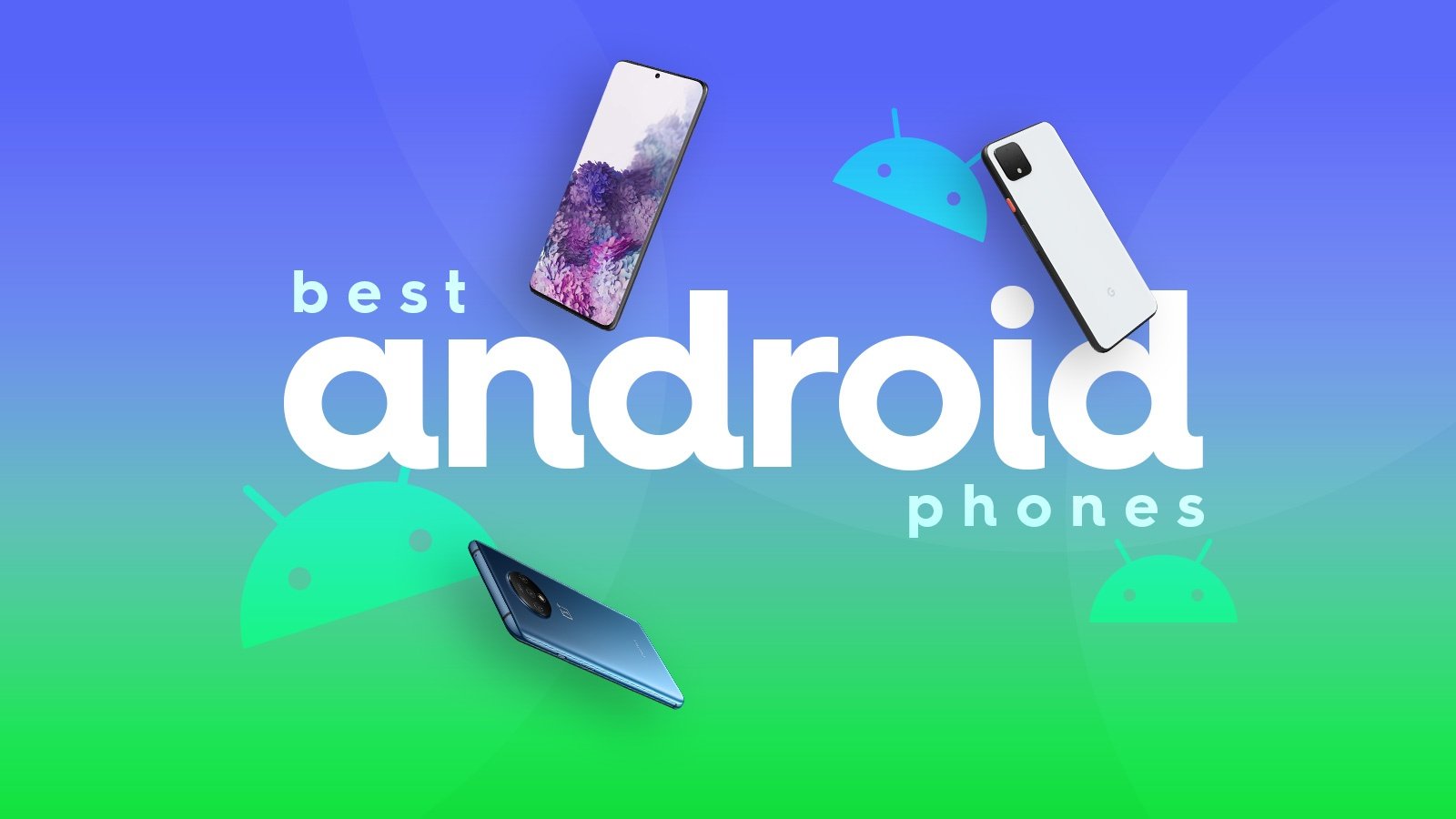
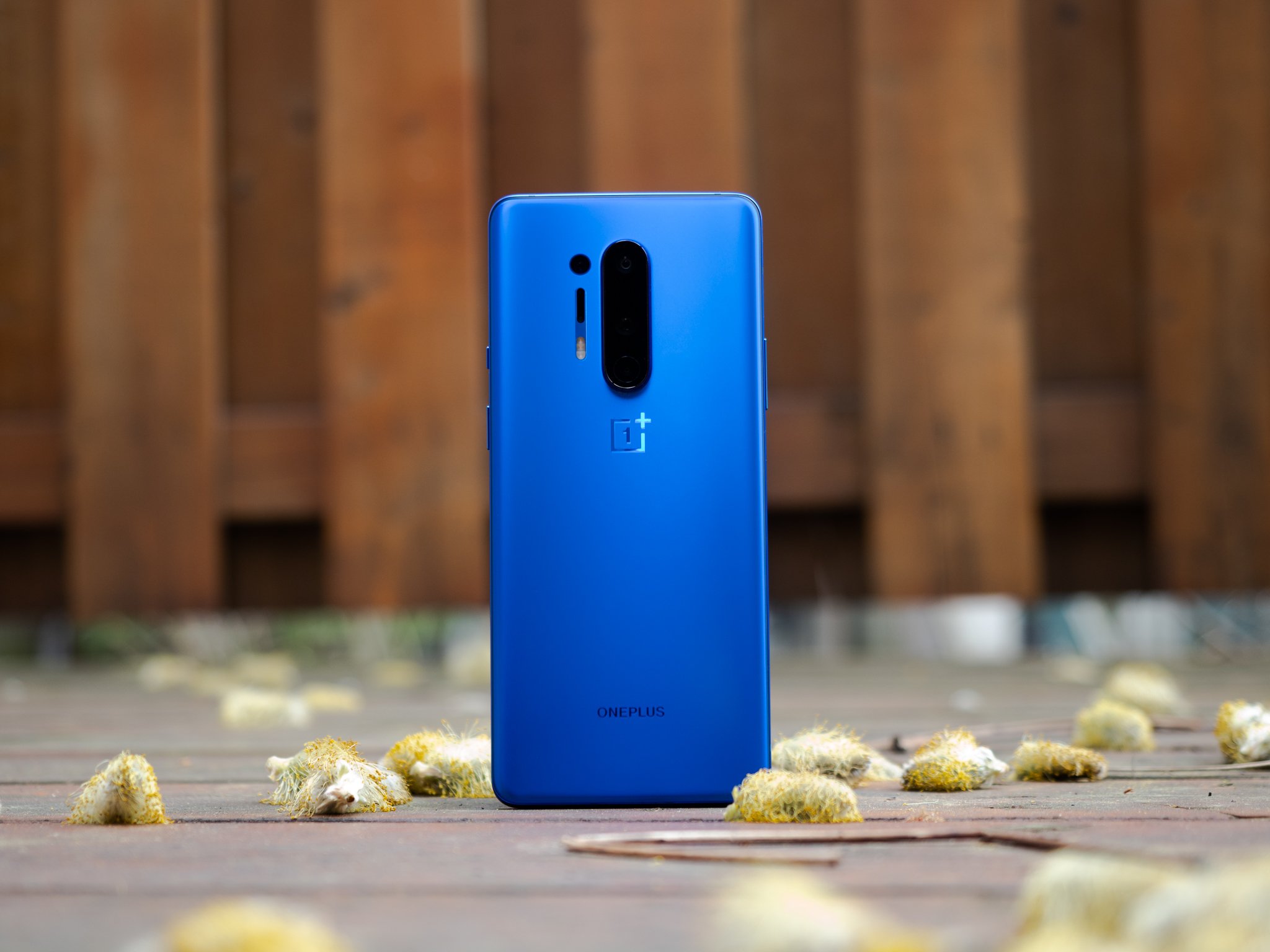
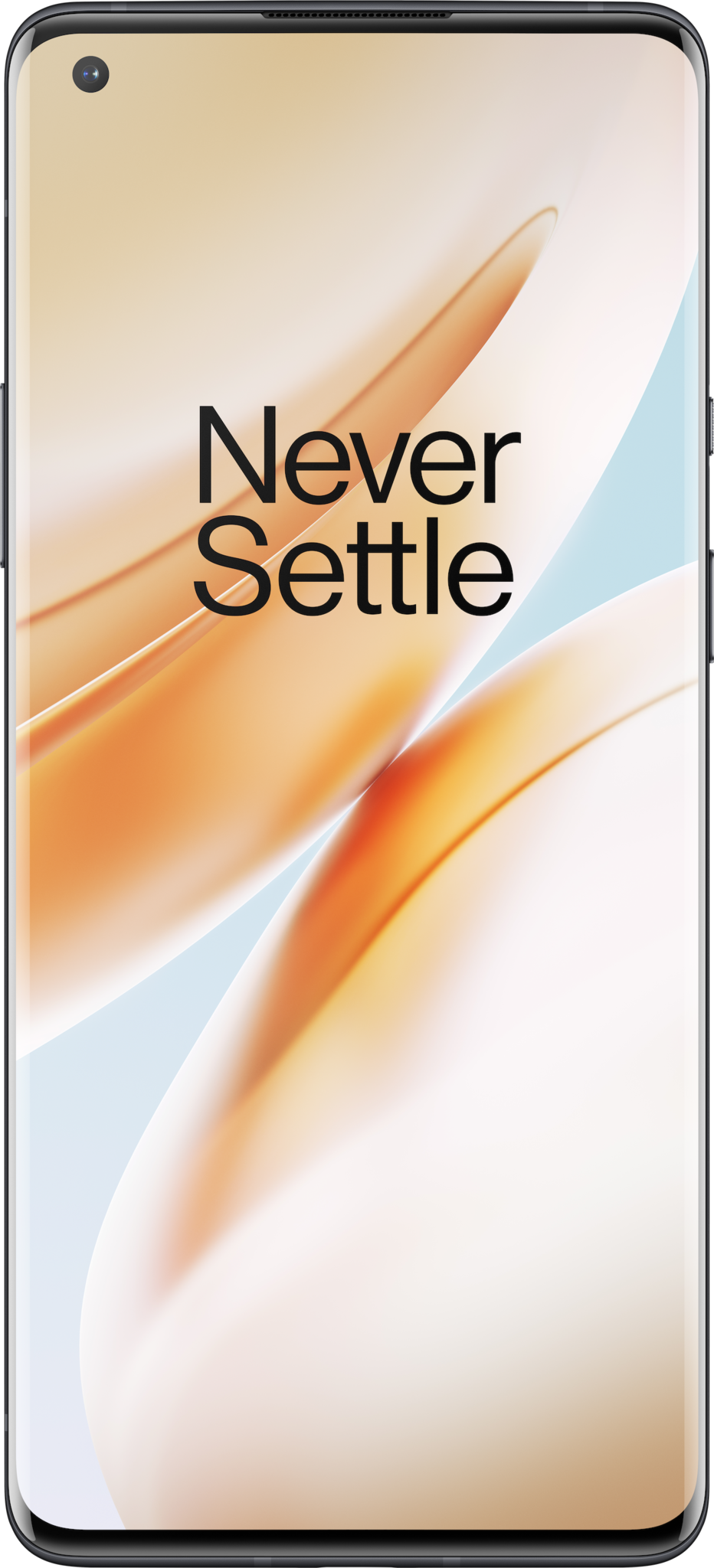
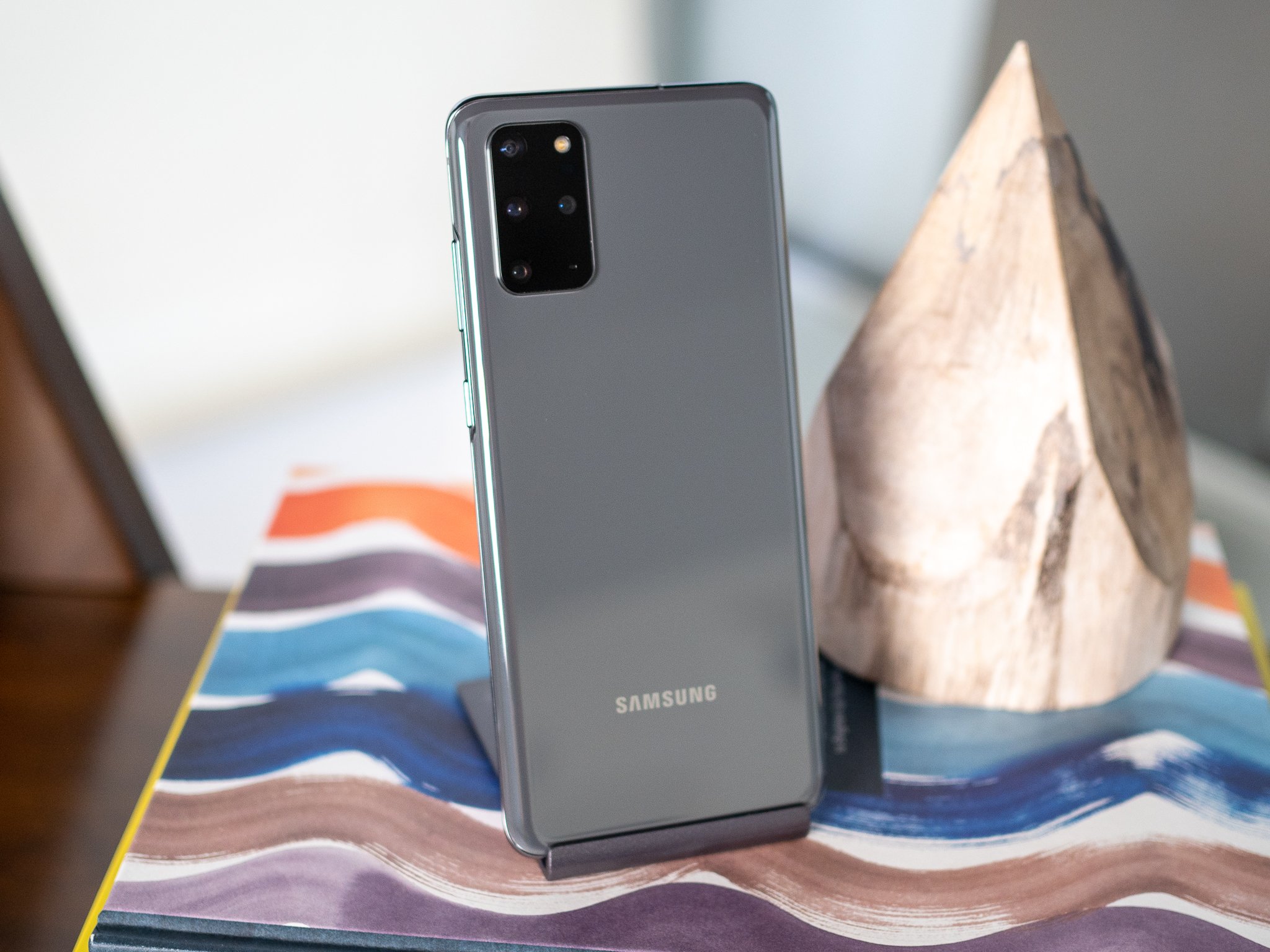
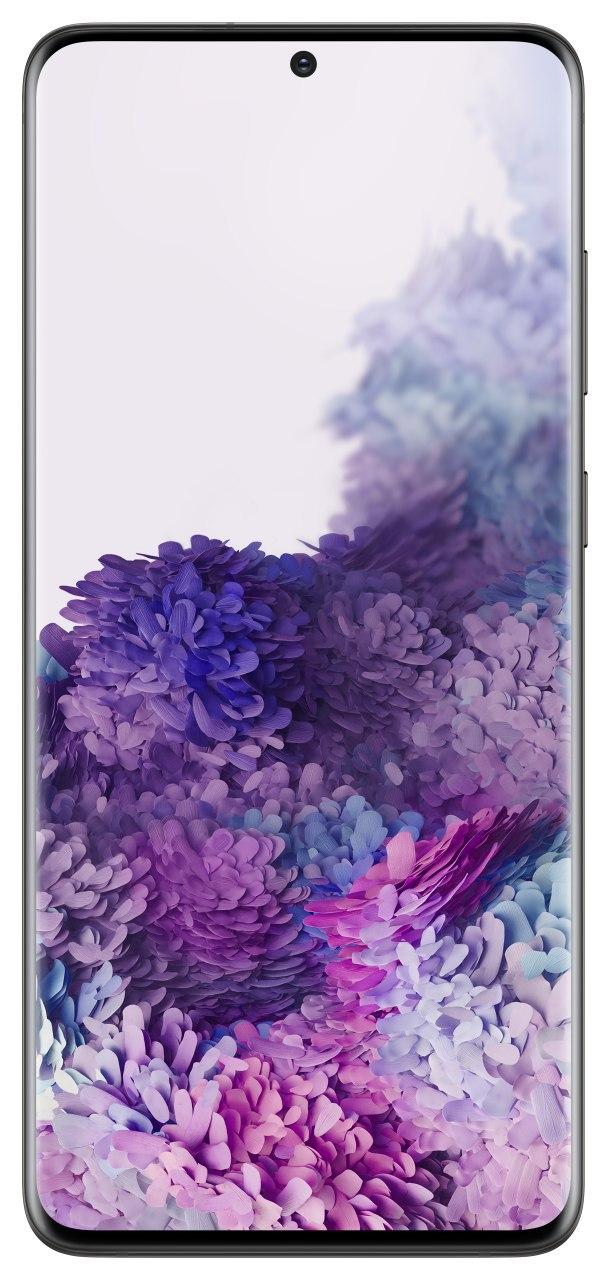
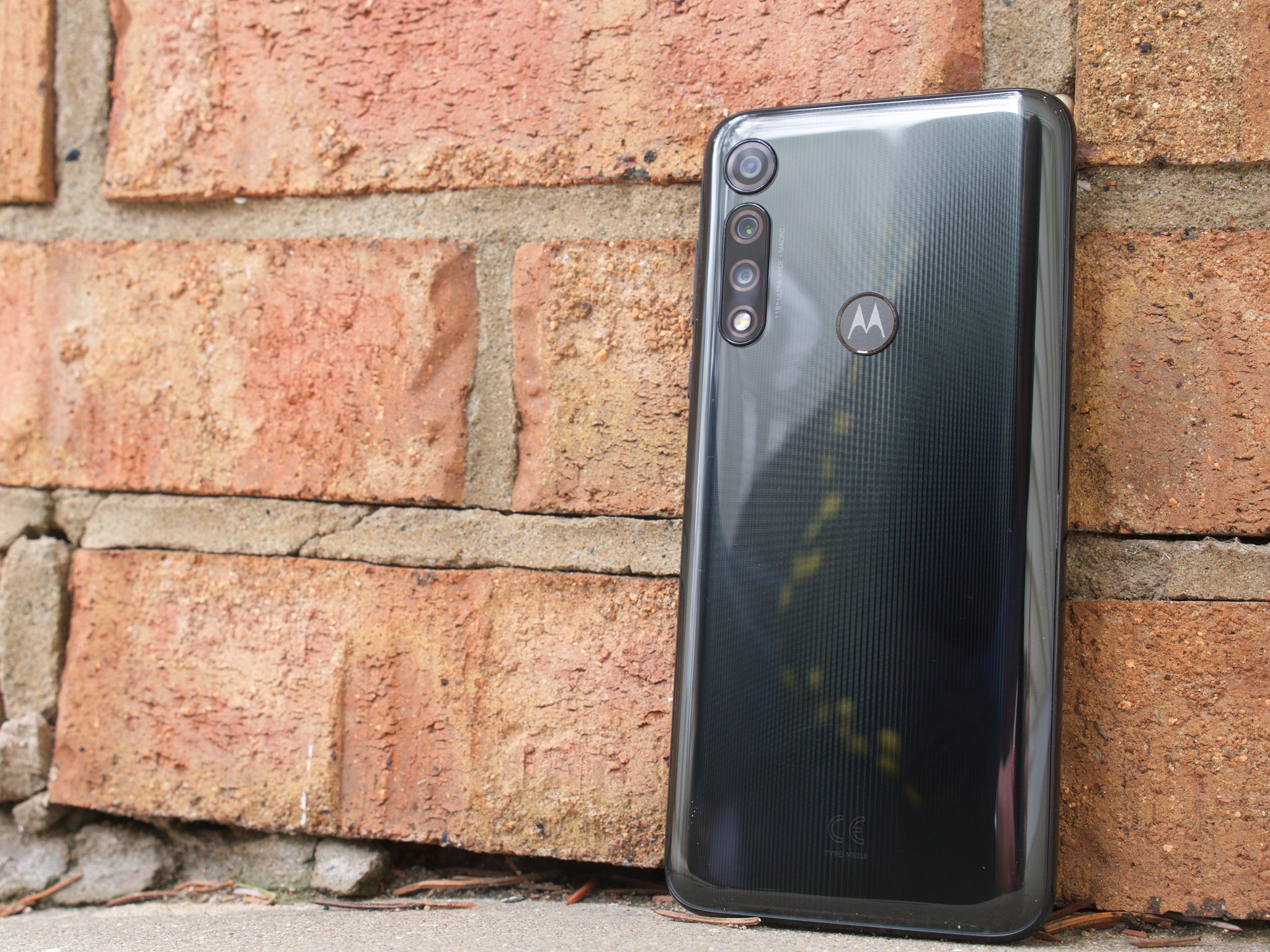
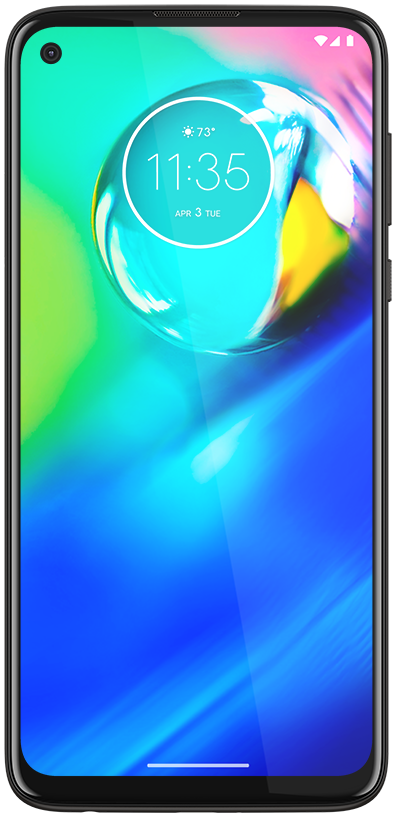

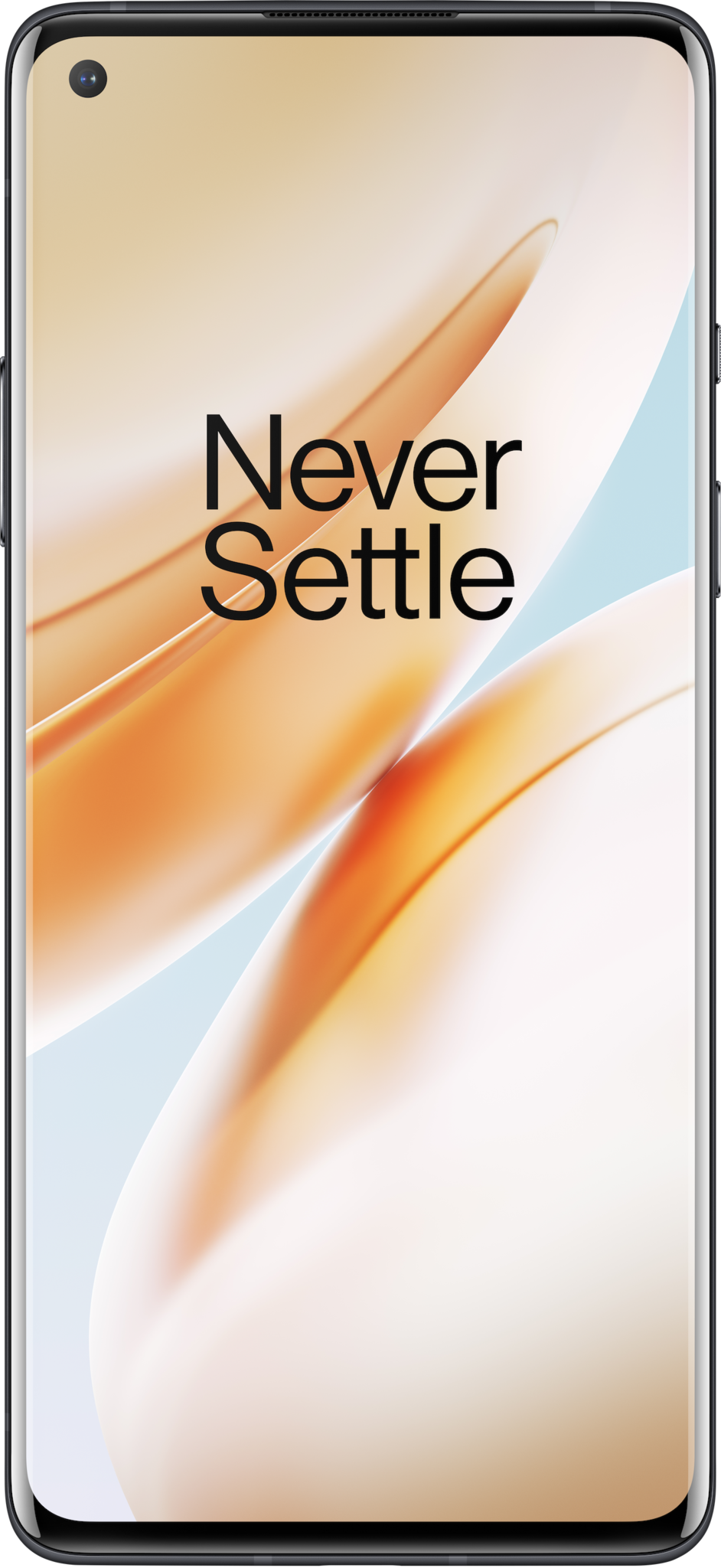

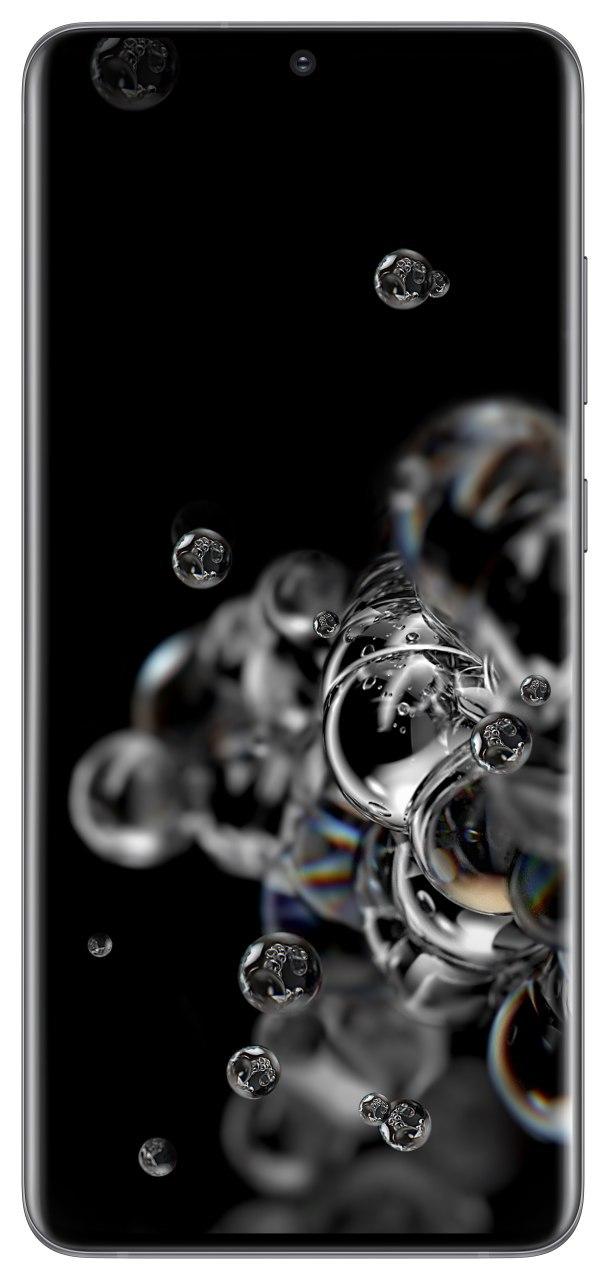
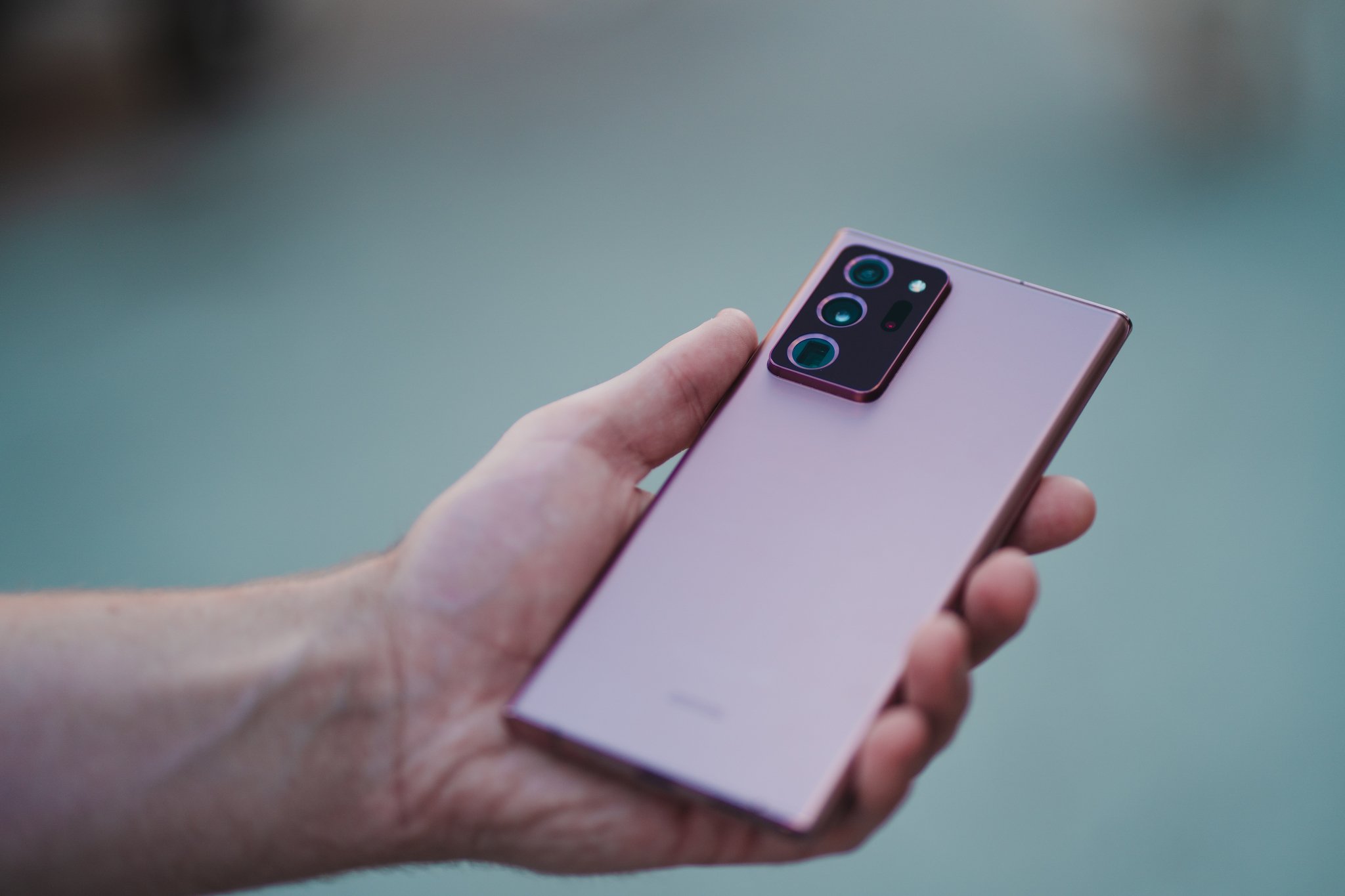

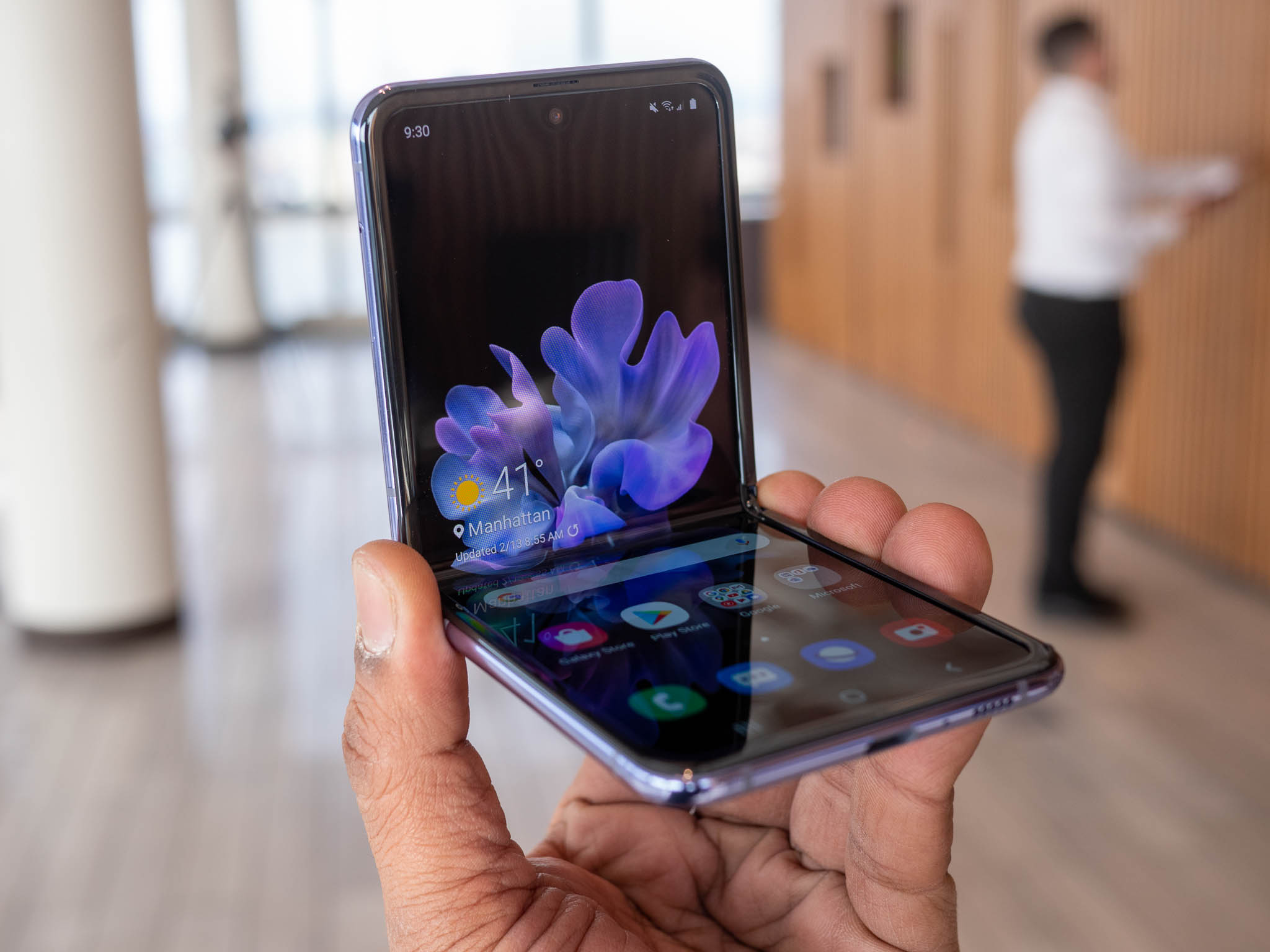
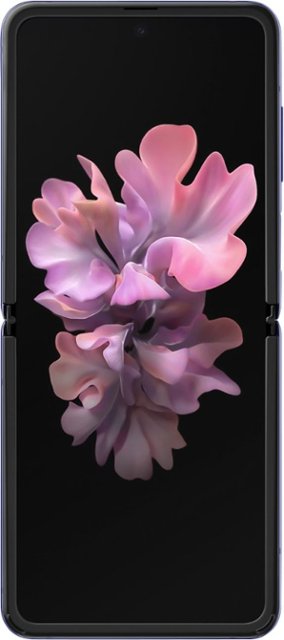
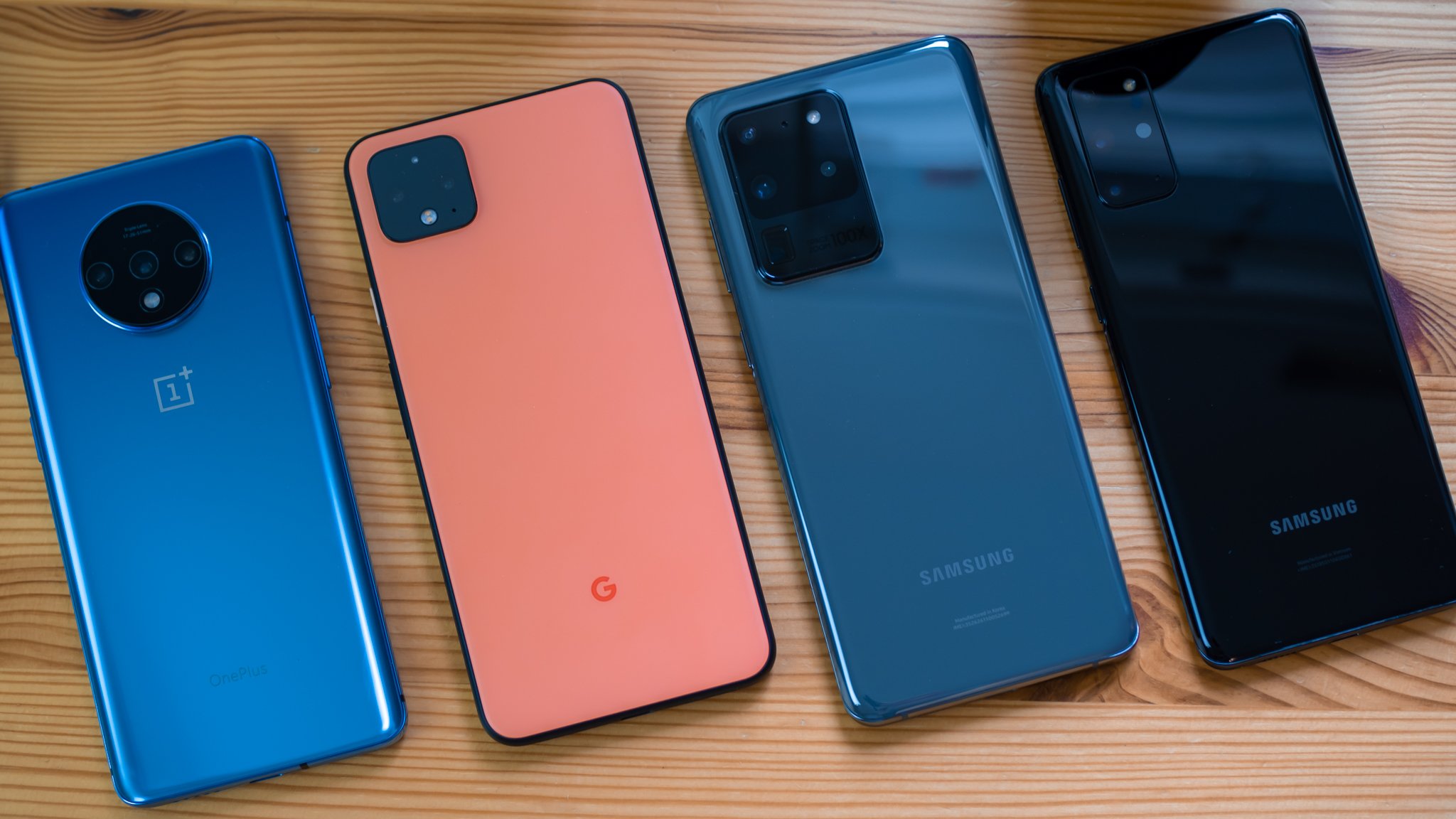




0 comments: